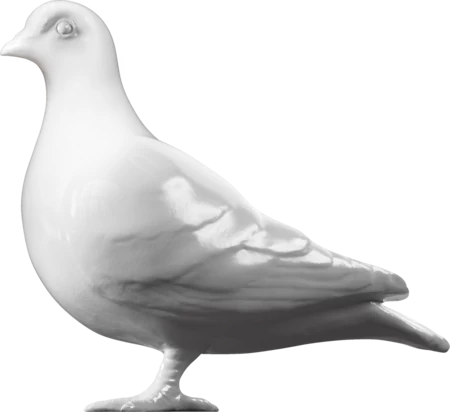Saxon & Medieval — Late Medieval; 14th century
Grotesque head; Gargoyle
Medieval stone boss or corbel, carved into the form of a human head. It was found on the site of the friary of the Dominican Blackfriars, one of the largest and most splendid buildings in medieval London. If this carving is a corbel, it would be from a stone bracket that supports an arch. If it is a boss, it would sit at the meeting point of internal arches. In either case, it was probably from the vaulted ceiling of a church or chapel at the friary of Blackfriars. The face has rounded cheeks, an open mouth, slanted, almond-shaped eyes and wavy hair. This type of carved face is known as a ‘baboon’. A 'baboon' was a 14th-century term for a gargoyle, from the Old French word for ‘grimace’.
When the friars came to England in the mid-1200s they were admired for their piety and vows of poverty. Friars were monks who went out into the community to preach. Black friars, named after their black cloaks, had the support of powerful people, including royalty and London’s mayor. Their friary stood by the River Thames, where Blackfriars station is today. The friars themselves were poor but the friary buildings were magnificent, paid for by donations. Londoners gave money to the friars to hear their confessions of sin and for prayers to help their souls reach heaven.
- Category:
- Saxon & Medieval
- Object ID:
- A16966a
- Object name:
- Grotesque head; Gargoyle
- Object type:
- Artist/Maker:
- —
- Related people:
- Related events:
- Related places:
- Production date:
- Late Medieval; 14th century
- Material:
stone
- Measurements/duration:
- H 240 mm, W 200 mm, D 230 mm, WT 8 kg (overall)
- Part of:
- —
- On display:
- —
- Record quality:
- 100%
- Part of this object:
- —
- Owner Status & Credit:
Permanent collection
- Copyright holder:
digital image © London Museum
- Image credit:
- —
- Creative commons usage:
- —
- License this image:
To license this image for commercial use, please contact the London Museum Picture Library.
